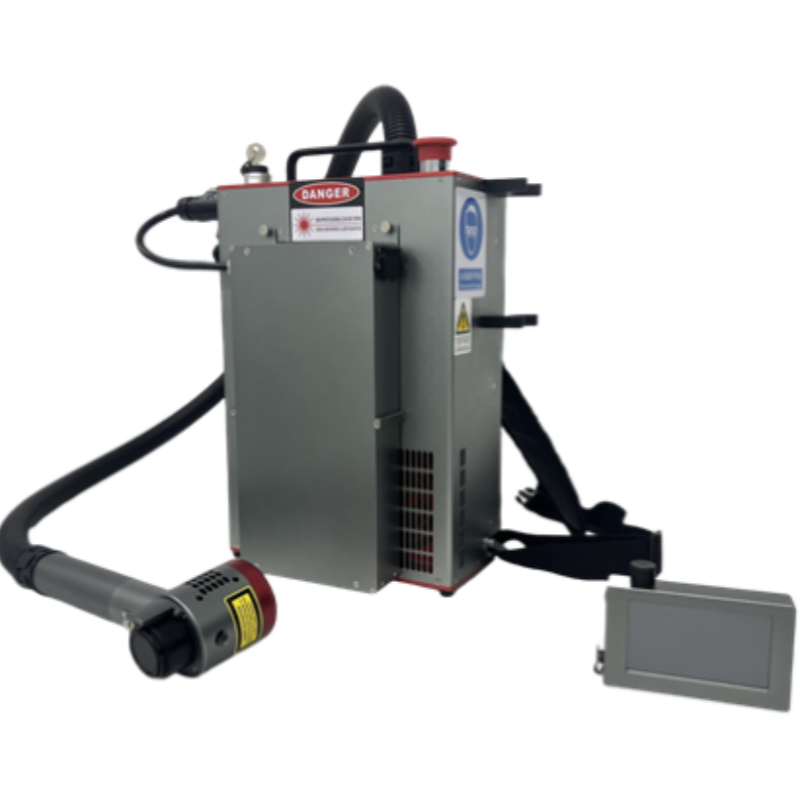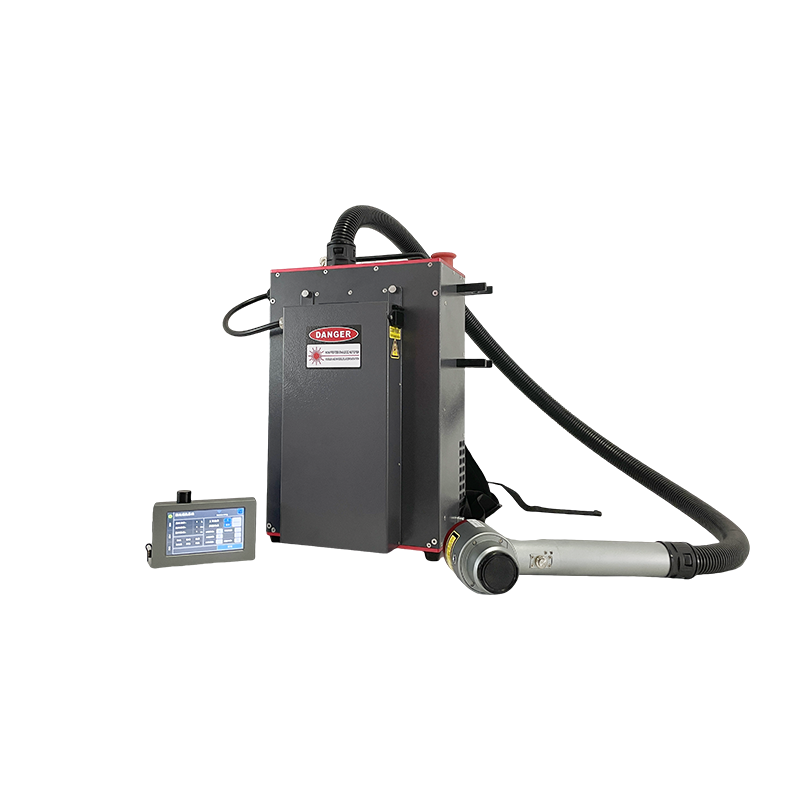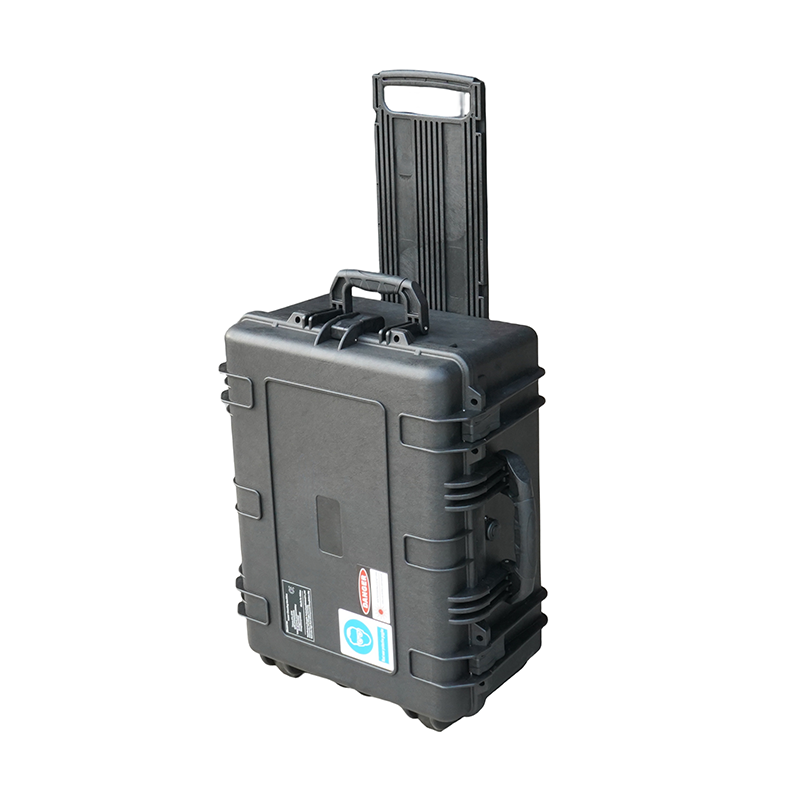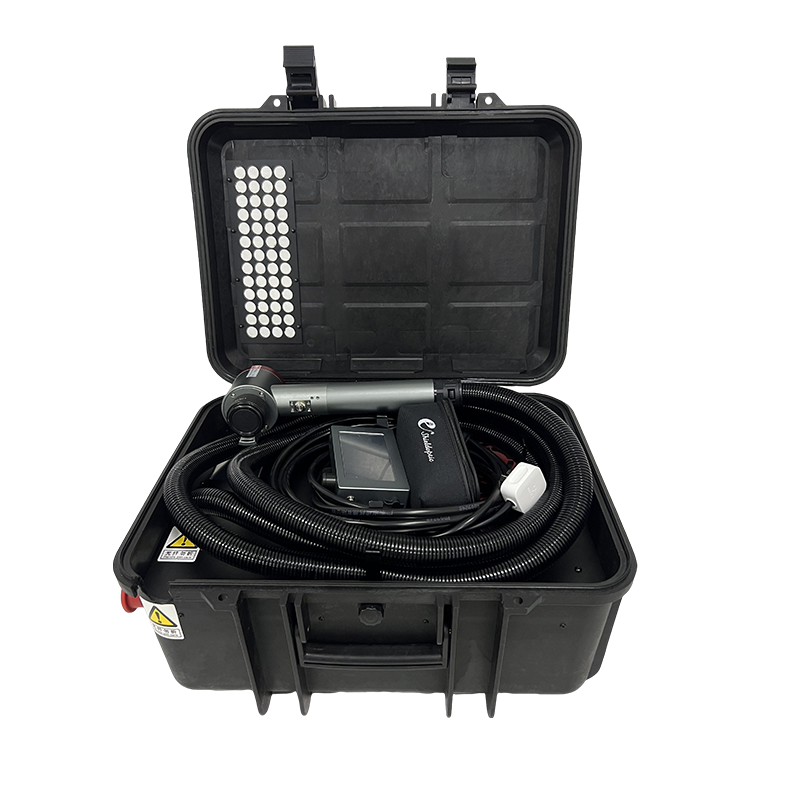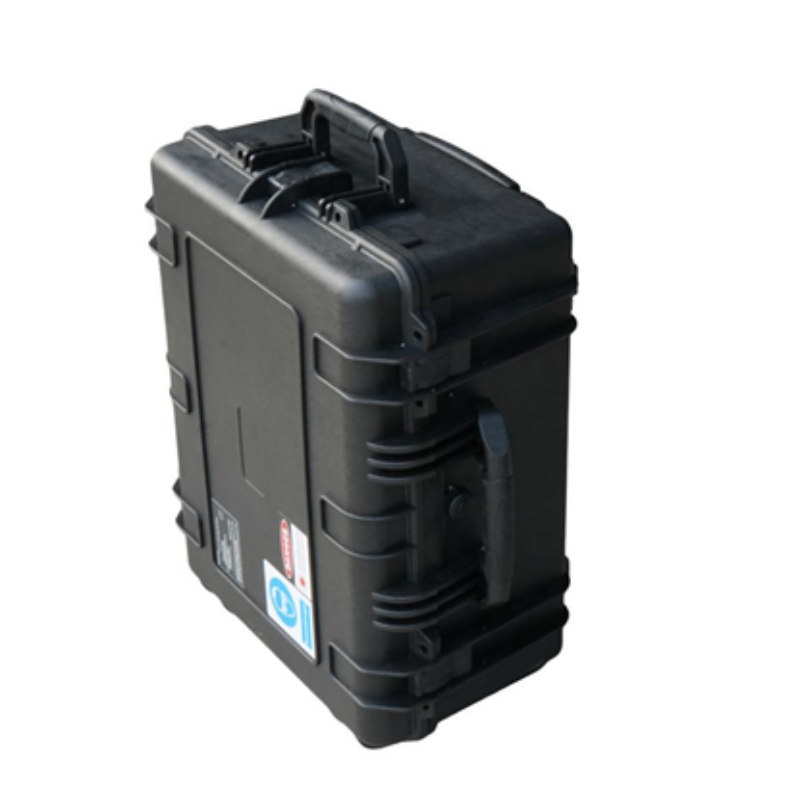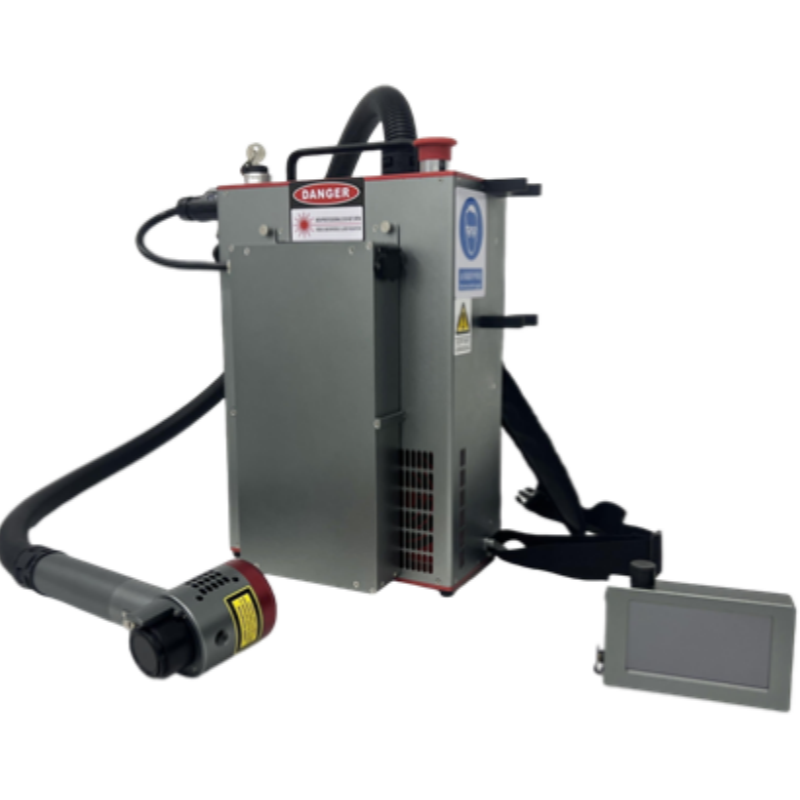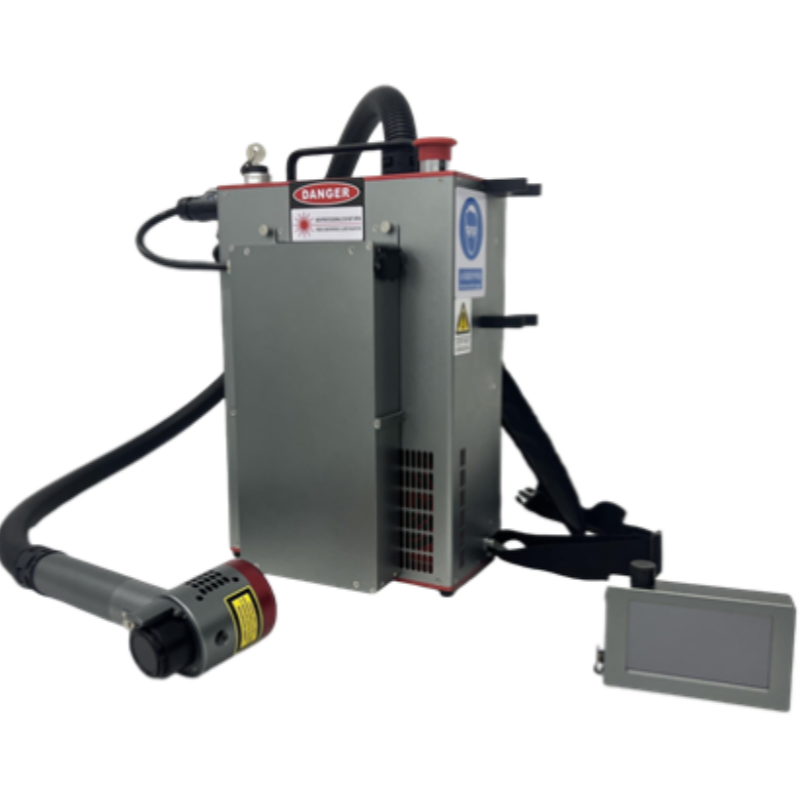When comparing pulse laser cleaning machines to continuous laser cleaning machines for metal cleaning, several key differences arise in terms of effectiveness, efficiency, and application suitability. Here is the breakdown of their effects:
1. Cleaning Efficiency & Speed
Pulse Laser Cleaning:
Higher peak power in short bursts allows for more effective removal of tough contaminants (e.g., oxides, rust, paint) with minimal heat diffusion.
Slower overall speed due to intermittent pulses, making it better for precision cleaning rather than large-area processing.
Continuous Laser Cleaning:
Steady energy output enables faster cleaning over large surfaces.
Less effective on thick or stubborn layers since the power density is lower compared to pulsed lasers.
2. Thermal Impact on Metal
Pulse Laser:
Minimal heat-affected zone (HAZ) due to short pulse duration, reducing the risk of metal deformation or metallurgical changes.
Ideal for heat-sensitive metals (e.g., thin sheets, electronics).
Continuous Laser:
Higher thermal buildup can cause slight material heating, potentially affecting thin or sensitive metals.
Better suited for thicker metals where minor heating is acceptable.
3. Precision & Surface Quality
Pulse Laser:
Higher precision due to controlled energy delivery, making it suitable for fine details (e.g., weld seams, delicate engravings).
Smoother surface finish with less risk of damage.
Continuous Laser:
More uniform cleaning over large areas but may lack fine control.
Slightly rougher surface if power settings are not optimized.
4. Energy Consumption & Cost
Pulse Laser:
Higher initial cost but more energy-efficient for targeted cleaning.
Continuous Laser:
Lower initial cost but may consume more power over extended use.
5. Application Suitability
Pulse Laser is Better For:
Delicate parts (aerospace, automotive precision components).
Removing thin layers (paint, oxides) without substrate damage.
High-value applications requiring minimal thermal impact.
Continuous Laser is Better For:
Large-scale industrial cleaning (ship hulls, pipelines).
Faster removal of lighter contaminants (dust, light rust).
Conclusion
Choose Pulse Laser Cleaning for high precision, minimal heat impact, and delicate metals.
Choose Continuous Laser Cleaning for faster, large-area cleaning where slight heating is acceptable.

